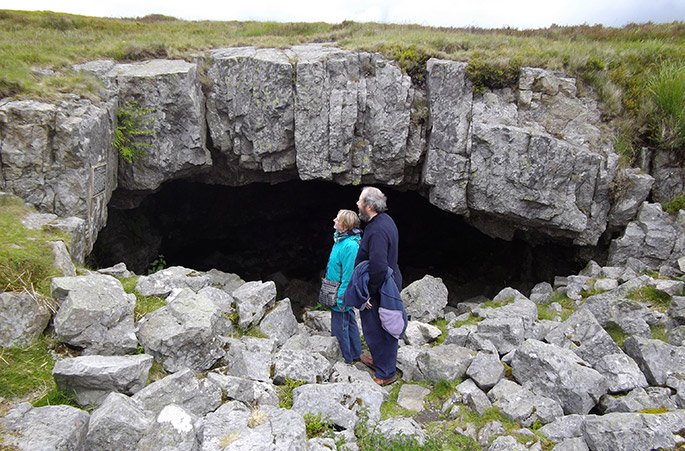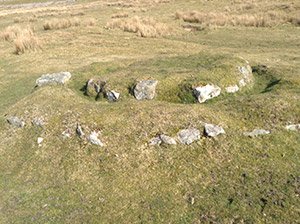The Trefil moors were once home to Bronze Age tribes and revolutionaries. Helen Morgan from Abergavenny Local History Society reports

![photo[1]](https://thefocus.wales/wp-content/uploads/2014/07/photo1.jpg)
The Duke’s wine cooler and washing up facility. Photo by Helen Morgan
Near Nant Trefil are the remains of a Hafod – which typically has a circular cottage, a fold for livestock and a limekiln. Before the Industrial Revolution, people actually lived up here some of the time. In winter, farming families would live in the Hendre, down the valley, but in summer, the girls would bring the herds up to graze the green pastures of Trefil Las and make cheese for the winter — safely away from the boys who would stay below working the fields.

The Duke’s Table Photo by Helen Morgan
Farther upstream, are more man-manipulated stones. But this is no hafod. One set consists of two concentric circles at different heights, known as the Duke’s Table. Lurid tales of lusty druids and bloody sacrifices involving hapless virgins are rife, but it was most likely designed as a picnic area for the Duke of Beaufort’s hunting parties. Nearby, large stones have been placed to create a tank from the spring — probably to cool drinks before lunch and for washing up afterwards – says Frank Olding, who will be leading a tour through the uplands on July 13th.
Next stop is a memorial to Aneurin Bevan from where the trail forks to the right, opening up a spectacular vista across lush forest towards Dyffryn Crawnon and Tor y Foel. Near one of the biggest burial cairns in Wales, and the Chartists’ Cave where the workers hid and plotted the 1839 uprising, lie the remains of a medieval gorse mill and a bowl-shaped limekiln.
To book Frank Olding’s six-mile walking tour, Upland Archaeology of Blaenau Gwent, call 07971 081647 or 07968 472812

